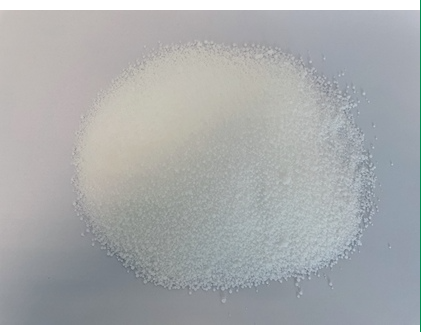Dispersants are widely used in refractory castables. Usually, the construction modes of refractory castables include vibration forming and gunning forming. By improving the rheological properties of refractory castables, the construction time of refractory castables and labor intensity of workers can be reduced.
There are many ways to classify dispersants. Among them, based on the type of hydrophilic group, they can be divided into anionic dispersants, cationic dispersants, zwitterionic dispersants, Five kinds of non-ionic dispersants and mixed dispersants.
Anionic dispersants mainly rely on their own negative charges to provide electrostatic interaction. The dissociated ion groups are adsorbed on the surface of the charged particles, changing their original double electron layer structure, increasing the zeta potential value of the colloidal particles, and finally improving the stability of the solution. For example, sodium tripolyphosphate (sodiumtripolyphosphate, STPP), citric acid (citric acid, CA), carboxylates, and sodium naphthalenesulfonate formaldehyde condensate (FDN).

aSodium tripolyphosphate:
STPP is an inorganic anionic dispersant with a density of 0.3-0.9g/cm3 and a chemical formula of Na5P3O10, with Na2PO4 at both ends Termination, the structure of the entire dispersant is linear. Its solubility is large, the pH value of the aqueous solution is between 8-10, and it is very easy to hydrolyze, and the hydrolyzed products are sodium pyrophosphate, sodium monohydrogen phosphate, sodium dihydrogen phosphate and sodium phosphate,
b citric acid:
CA is a tricarboxylic acid compound with a chemical formula of H3C6H5O7. There are three H+ that can be ionized, and it contains a molecule of crystal water. Citric acid is relatively acidic,
c Polycarboxylate: Polycarboxylate is a dispersant with a “comb” structure artificially formed by people through molecular design. On the main chain of polycarboxylate, there are many branched chains with certain length and rigidity, as well as some sulfonate groups that can charge the particles. It mainly achieves the dispersion effect of the castable by causing the steric hindrance effect between the particles. The advantage of using polycarboxylate as a dispersant is that the effect of water reduction is obvious, and the timeliness of water reduction is strong. Poly
sodium naphthalenesulfonate:
The pure product of FDN is a white powder, which is obtained by sulfonation of naphthalene and salting out of sodium hydroxide. The molecular formula is C10H7SO3Na, the molecular weight is 230.22,
In contrast to anionic dispersants. After the cationic dispersant is dissociated in water, it can generate highly active positively charged groups. The two groups contained in the amphoteric dispersant are both hydrophilic groups, one of which is positively charged (amino group) and the other is negatively charged (carboxyl or sulfonic acid group), because different groups are at different pH Values exist in different ionic forms, so this type of active agent has an isoelectric point. Non-ionic dispersants do not dissociate in aqueous solution, and the hydrophilic groups are mainly polyethylene glycol groups, and the polarity of the active agent is controlled by the number of hydrophilic groups.

 微信扫一扫打赏
微信扫一扫打赏

